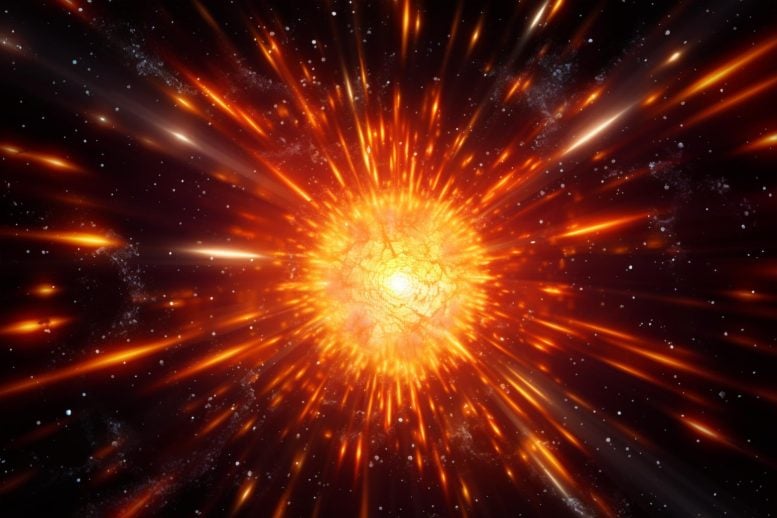
Using the University of Sheffield’s ULTRASPEC camera, astrophysicists have uncovered signs of life in the rare stellar phenomena known as luminous fast blue optical transients (LFBOTs). This groundbreaking discovery demonstrates that these stellar explosions, driven by remnants like black holes or neutron stars, show ongoing and dynamic activity well after the initial explosion, deepening our understanding of the later stages of stellar evolution. Credit: SciTechDaily.com
The University of Sheffield’s ULTRASPEC camera, mounted on the Thai National Telescope, made it possible to sight the never-before-seen flashes.
Astrophysicists have resolved the controversy surrounding the nature of a rare type of stellar explosion, thanks to a camera designed and built at the University of Sheffield. Scientists have observed a series of bright, brief flashes occurring months after a stellar explosion, known as a luminous fast blue optical transient, or LFBOT.
One of the most crucial datasets for the research, published in Nature, was obtained with the University of Sheffield’s high-speed optical camera ULTRASPEC, mounted on the 2.4m Thai National Telescope. This showed that the repeated flares were as bright as the original explosion and yet each lasted only tens of seconds.
LFBOTs and Their Origins
Since their discovery in 2018, astronomers have speculated about what might drive such extreme explosions, which are far brighter than the violent ends massive stars typically experience as supernovae. The research team believes the previously unknown flare activity they observed, and in particular, their short timescale, confirms the engine of the LFBOT must be a stellar corpse — a black hole or neutron star.
Professor Vik Dhilon from the University of Sheffield’s Department of Physics and Astronomy who leads the ULTRACAM project, said: “Our high-speed camera ULTRASPEC was instrumental in the discovery of this incredible new type of stellar explosion, showing that the object emitted multiple supernova-strength optical flares that repeated on timescales of less than a minute, and all of this happened months after the initial explosion. This is unprecedented behavior – most supernovae explode once and then steadily decline in brightness over the course of a few weeks until they disappear from view.”
He continues, “The short timescale flares we observed imply that the engine driving the explosion is a small object – most likely a rapidly-spinning neutron star or an accreting black hole. This discovery teaches us more about the varied ways in which stars end their lives and the exotica that inhabit our Universe.”
Anna Y. Q. Ho, Assistant Professor of Astronomy in the College of Arts and Sciences at Cornell University, said: “This settles years of debate about what powers this type of explosion, and reveals an unusually direct method of studying the activity of stellar corpses. We had never seen anything like that before – something so fast, and the brightness as strong as the original explosion months later – in any supernova or LFBOT. We’d never seen that in astronomy. Amazingly, instead of fading steadily as one would expect, the source briefly brightened again – and again, and again, LFBOTs are already a kind of weird, exotic event, so this was even weirder.”
Reference: “Minutes-duration optical flares with supernova luminosities” by Anna Y. Q. Ho, Daniel A. Perley, Ping Chen, Steve Schulze, Vik Dhillon, Harsh Kumar, Aswin Suresh, Vishwajeet Swain, Michael Bremer, Stephen J. Smartt, Joseph P. Anderson, G. C. Anupama, Supachai Awiphan, Sudhanshu Barway, Eric C. Bellm, Sagi Ben-Ami, Varun Bhalerao, Thomas de Boer, Thomas G. Brink, Rick Burruss, Poonam Chandra, Ting-Wan Chen, Wen-Ping Chen, Jeff Cooke, Michael W. Coughlin, Kaustav K. Das, Andrew J. Drake, Alexei V. Filippenko, James Freeburn, Christoffer Fremling, Michael D. Fulton, Avishay Gal-Yam, Lluís Galbany, Hua Gao, Matthew J. Graham, Mariusz Gromadzki, Claudia P. Gutiérrez, K-Ryan Hinds, Cosimo Inserra, Nayana A J, Viraj Karambelkar, Mansi M. Kasliwal, Shri Kulkarni, Tomás E. Müller-Bravo, Eugene A. Magnier, Ashish A. Mahabal, Thomas Moore, Chow-Choong Ngeow, Matt Nicholl, Eran O. Ofek, Conor M. B. Omand, Francesca Onori, Yen-Chen Pan, Priscila J. Pessi, Glen Petitpas, David Polishook, Saran Poshyachinda, Miika Pursiainen, Reed Riddle, Antonio C. Rodriguez, Ben Rusholme, Enrico Segre, Yashvi Sharma, Ken W. Smith, Jesper Sollerman, Shubham Srivastav, Nora Linn Strotjohann, Mark Suhr, Dmitry Svinkin, Yanan Wang, Philip Wiseman, Avery Wold, Sheng Yang, Yi Yang, Yuhan Yao, David R. Young and WeiKang Zheng, 15 November 2023, Nature.
DOI: 10.1038/s41586-023-06673-6


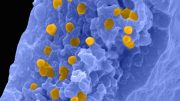
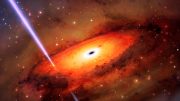

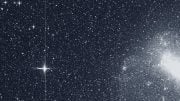


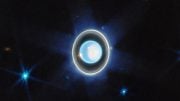
Be the first to comment on "“We Had Never Seen Anything Like This Before” – Astronomers Discover Signs of Life Following Star’s Explosive Death"